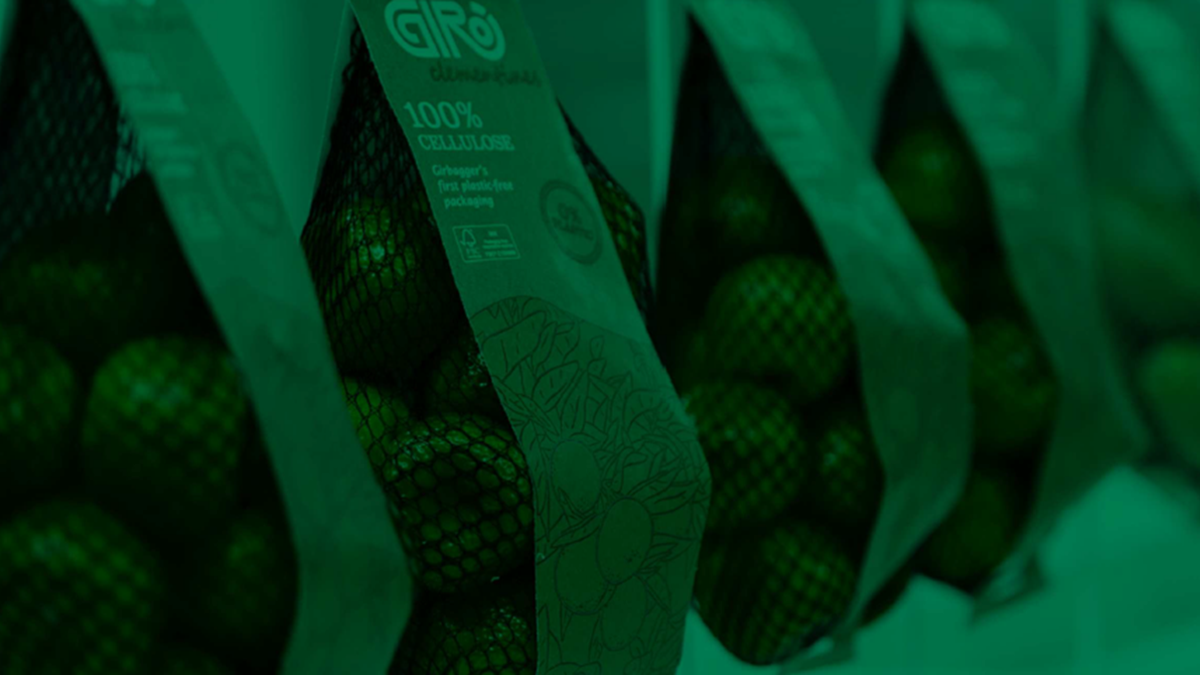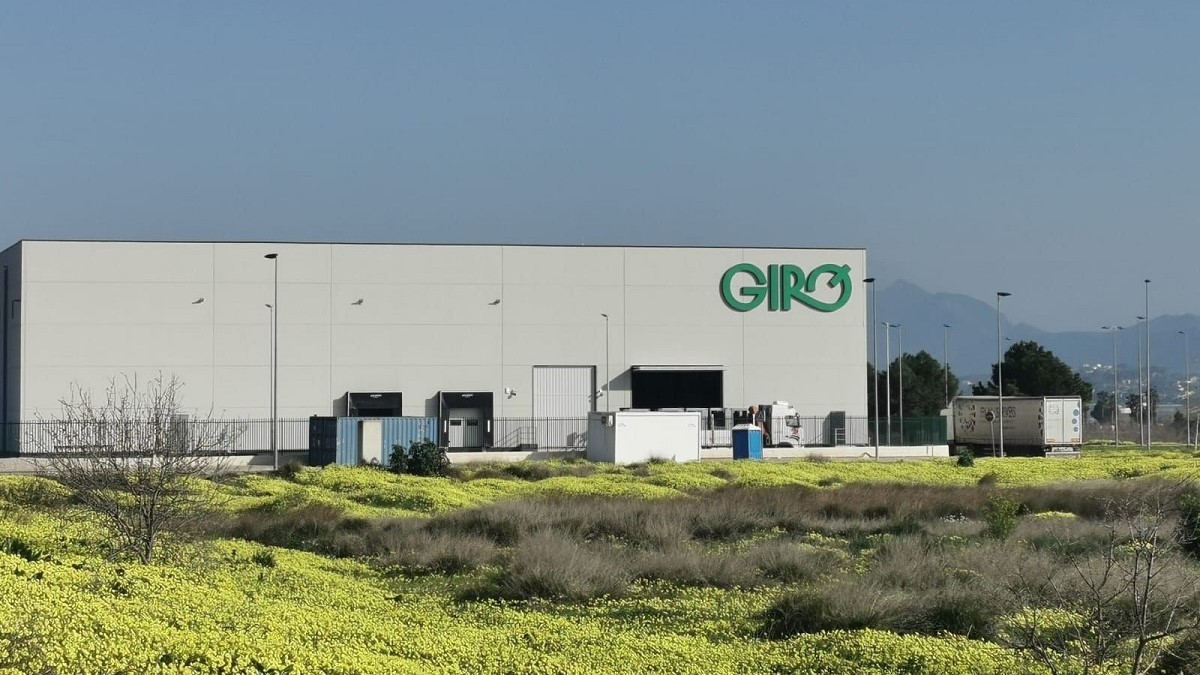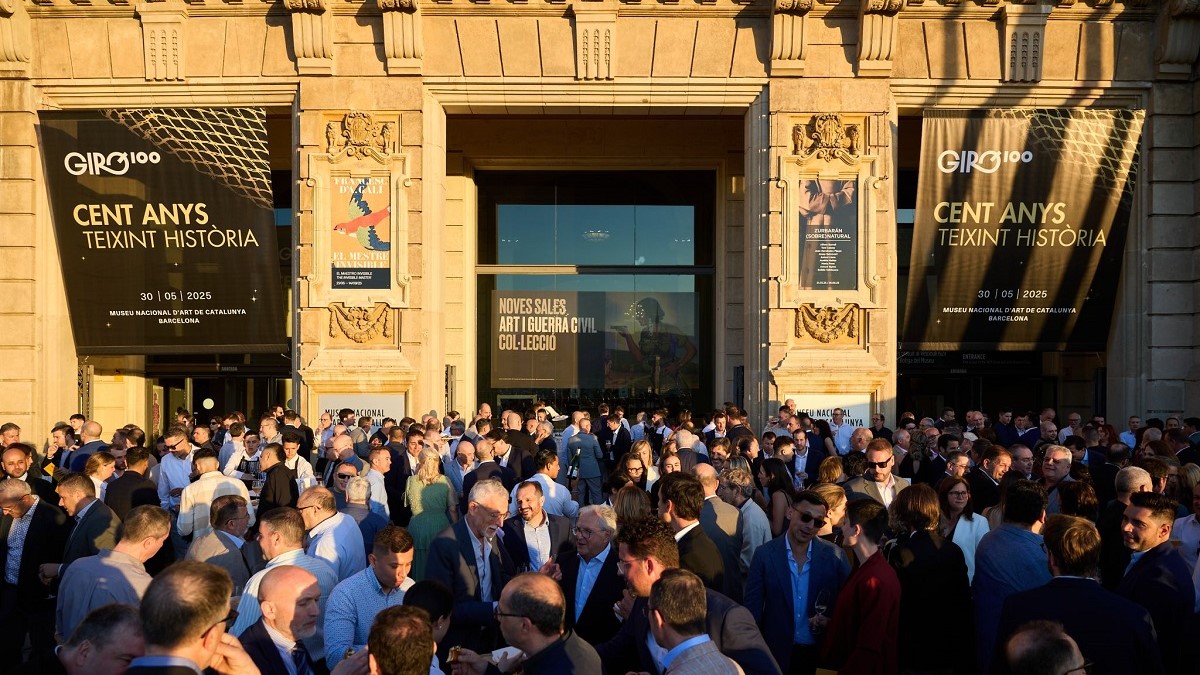Packaging
The truths about plastics, its optimization and misuse
The conservation of the environment has lately become a main issue for public opinion being plastic one of the most blamed materials, especially those single-use plastics such as bags, bottles, food packaging, cutlery, trays, etc. The use of plastic must be controlled. In the food field, the plastic container brings many benefits, amongst all of them, two are very important: reduction of waste and food security. Concepts as the traceability, the quality control till the product consumption or the identification of the food with its producer are almost unfeasible without the packaging. Environmental associations want to replace traditional plastics with biodegradable, compostable or bulk sale materials, but, without doubt, plastic is not the culprit, but the way how it is used, thrown away and treated after its use. Despite popular opinion, plastic packaging offer more environmental benefits than other materials due to: lighter material, better resource optimization, economic transformation and greater logistics savings. At Giró, the world?s leading company in fruit and vegetable packaging, we constantly study and innovate in order to search solutions and advances that provide information about this regard.
15 February, 2021
The conservation of the environment has lately become a main issue for public opinion being plastic one of the most blamed materials, especially those single-use plastics such as bags, bottles, food packaging, cutlery, trays, etc. The use of plastic must be controlled. In the food field, the plastic container brings many benefits, amongst all of them, two are very important: reduction of waste and food security. Concepts as the traceability, the quality control till the product consumption or the identification of the food with its producer are almost unfeasible without the packaging. Environmental associations want to replace traditional plastics with biodegradable, compostable or bulk sale materials, but, without doubt, plastic is not the culprit, but the way how it is used, thrown away and treated after its use. Despite popular opinion, plastic packaging offer more environmental benefits than other materials due to: lighter material, better resource optimization, economic transformation and greater logistics savings. At GIRÓ, the worlds leading company in fruit and vegetable packaging, we constantly study and innovate in order to search solutions and advances that provide information about this regard. Are biodegradable or compostable the solution?Biodegradable and compostable are different terms. Both biodegradable polymers and the compostable ones are decomposed by the action of microorganisms such as bacteria, fungus and seaweeds. The main difference between both terms is in the deterioration time and conditions. Overall, a compostable material has a greater degradation by the environment than a biodegradable material. A compostable material is always biodegradable but not the other way around. To consider a material as compostable it should not leave fragments that last more than 12 weeks in the residue, it must be degraded within a determined time and proportions to established conditions, it cannot contain heavy metals or toxins and the resulting compost must allow the growth of plants in a similar way to the one would grow in natural conditions. The mentioned requirements make compostable materials can be discarded in the organic waste dumpster and processed, posteriori, in the compos-ting plants to produce compost. Are these materials the ultimate solution? Biodegradable/compostable plastics provide new opportunities, but also raise new risks and threats. The new sustainable alternatives and their disadvantagesThe European Parliament recognizes the usefulness of plastic in our economy and daily life, although it is worth noting its remarkable disadvantages. The EU considers that the key challenge is the management of plastics in a sustainable way throughout the entire value chain. On the other hand, the EU states that biodegradable and compostable plastics can support the transition to a circular economy, but they cannot be considered as a unique solution for littering and should not serve to justify unnecessary single use applications. Nobody talks about the carbon footprint anymore?The carbon footprint is a measure of the environmental impact caused by a product, service or even a process. The carbon footprint measures the emission of greenhouse gases that this product or service causes throughout its production chain and life cycle to its destruction, both directly and in-directly. It is measured in kg of CO2 equivalent. In the market there are a lot of packaging systems that claim to be sustainable since they do not contain plastic or in very small quantities, but they have other environmental problems such as their impact on the carbon footprint, a consequence that is not usually mentioned. In many cases, the packaging solutions that do not contain plastic have 3 times more raw material than plastic. This means, that the alternative solutions have a bigger consumption of energy (x2) in order to produce and recycle the same type of products being almost three times more the quantity of CO2 emissions to the environment. Paper or cardboard is a clear example of this. To produce this type of packaging a forest area is required to ex-tract the raw material. During the pro-duction process of this material, the quantity of carbon footprint obtained is higher than plastic solutions due to the high use of energy and water. The weight of the paper or cardboard bags is higher than plastic, which means a worse use of logistics resources that results in a greater impact of the carbon footprint. For example, for 1 Kg of content, a thermal welded net bag such as Girsac has a carbon footprint of 0.025 kg CO2eq, a clipped net bag such as WG has 0.009 kg CO2eq and a cardboard box has 4 times more than Girsac and almost 10 times more than WG (0.086 Kg CO2eq)












